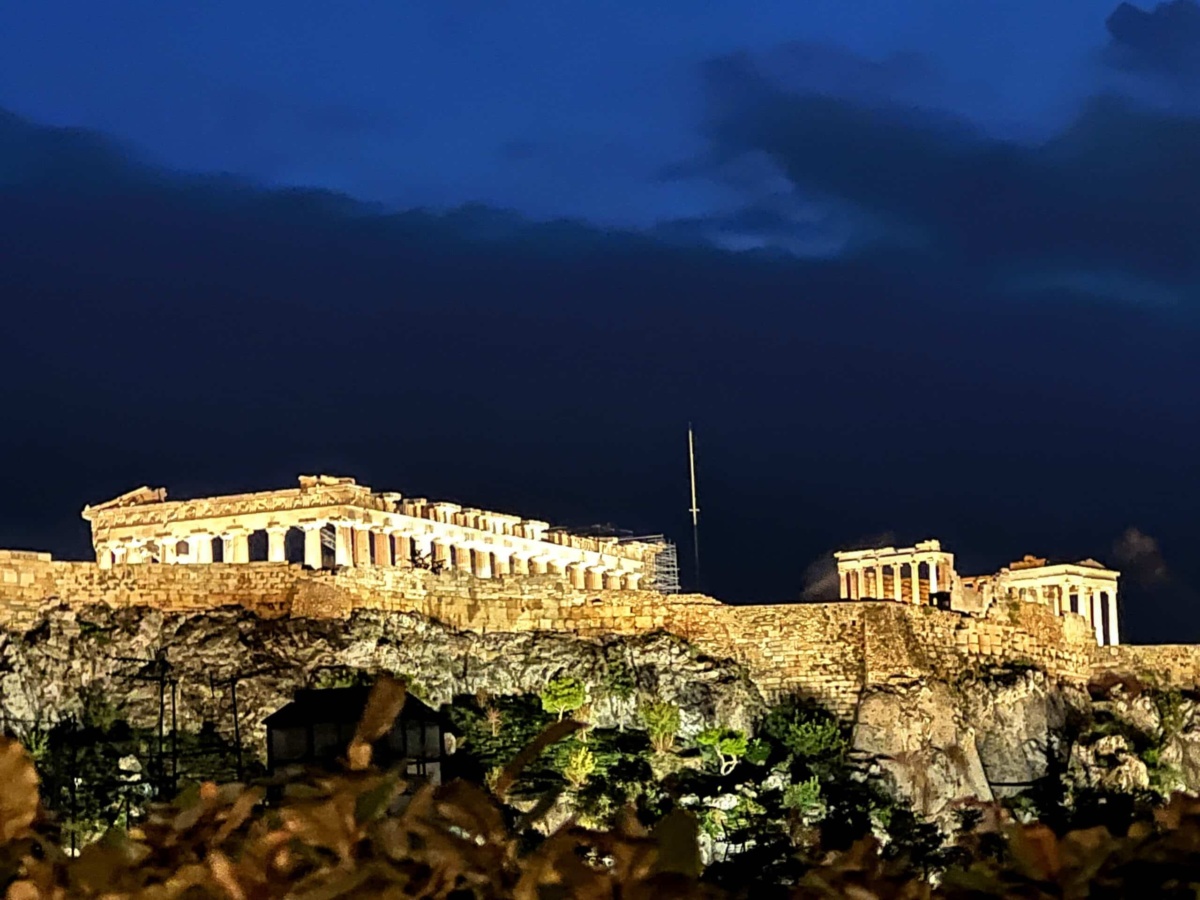January 24, 2023
Preface
Several positive changes came out of our collective worldwide reaction to the recent pandemic:
- Happy hour permanently moved up from 5:00 to 3:00ish.
- There are currently none of the ridiculously expensive airline penalties to change flights, even at the very last minute.
OK, so I could only come up with two. And, what does this have to do with Greece? Quite a bit when there’s a massive rain cloud headed your way
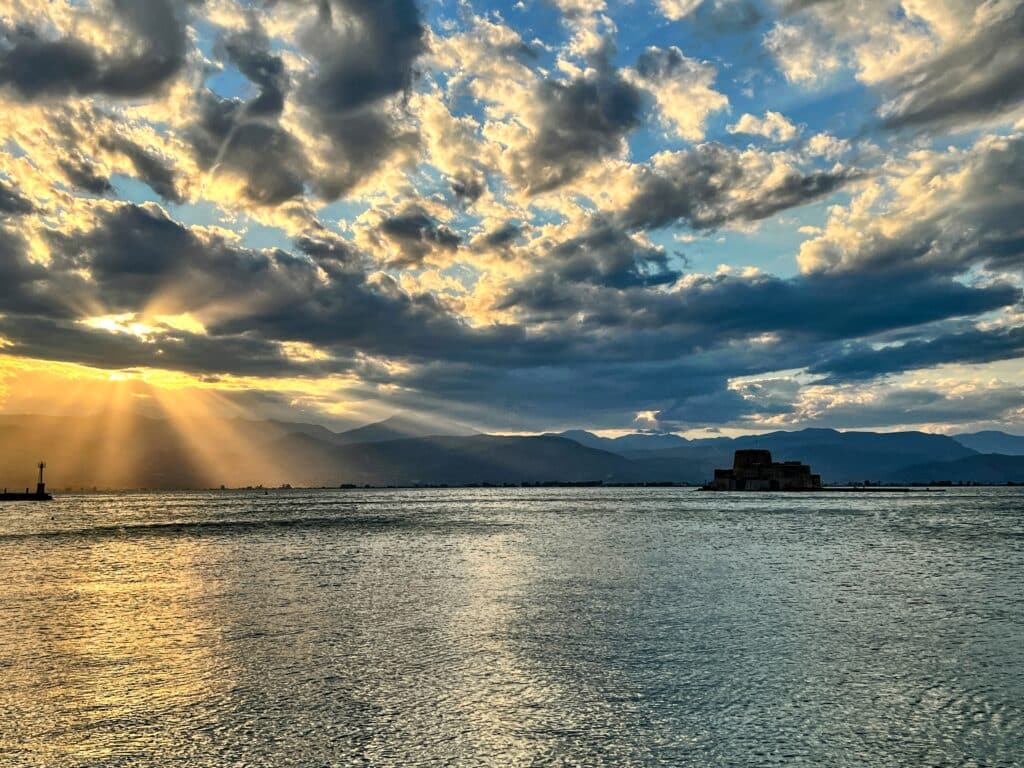
Napflio
Prologue
“Did you see the updated forecast?” George (see background on George) said at the end of our bike ride into Aristi, Northern Greece.
“No, I typically stay off my iPhone when I’m riding a bike,” I say with an eye roll.
“Tomorrow.” He said. “8:00 am, solid rain. Stops sometime next month.”
We were on day six of a spectacular trip from Thessaloniki to the foothills of Mount Olympus (Livadi) to the monasteries of Meteora to Metsovo to Aristi. We were supposed to spend a few days here, one night in Ioannina, then head to the Peloponnese for another week. It was the part of the trip we were really excited about.
The weather had been perfect. We picked this time of the year because it never rains. But the black cloud that typically follows George around caught up and the forecast was for rain. A lot of it, for a long long long time.
“Let’s shower and grab drinks, don’t obsess for now.”
An hour later, on the incredible outdoor patio of the hotel, looking out into the mountains and the clear blue sky, we met for happy hour. Each of the four of us came armed with an iPad, smartphone or computer.
“OK, divide and conquer. First everyone look at the forecast for southern Greece every site you can find, and see if there’s any hope,” I said, ever the bossy one.
Five minutes later. “Rain, rain, rain, rain and more rain.”
“Oh, here’s a new one. Only 80% chance of rain.”
“Let’s move on, every one pick a different country within spitting distance, Turkey, France, Italy check the forecast.” I commanded.
“Rain is sitting over Europe, basically. Everywhere. Every country.”
“Canary Islands?”
“No.”
“South Africa?”
“We’re in Greece, dumbass, that’s not spitting distance, look at a map.”
This went on for a while, as more wine was poured.
Five more minutes.
“Do you know where it’s not raining,” I concluded. “Southern California.”
Seriously helpful when you’re in a mountaintop village in the middle of absolutely nowhere, Greece. Literally 8,500 kilometers away from home. 10,795 kilometers away from Southern California.
After another 20-30 minutes of wine fueled debate, we made our decision.
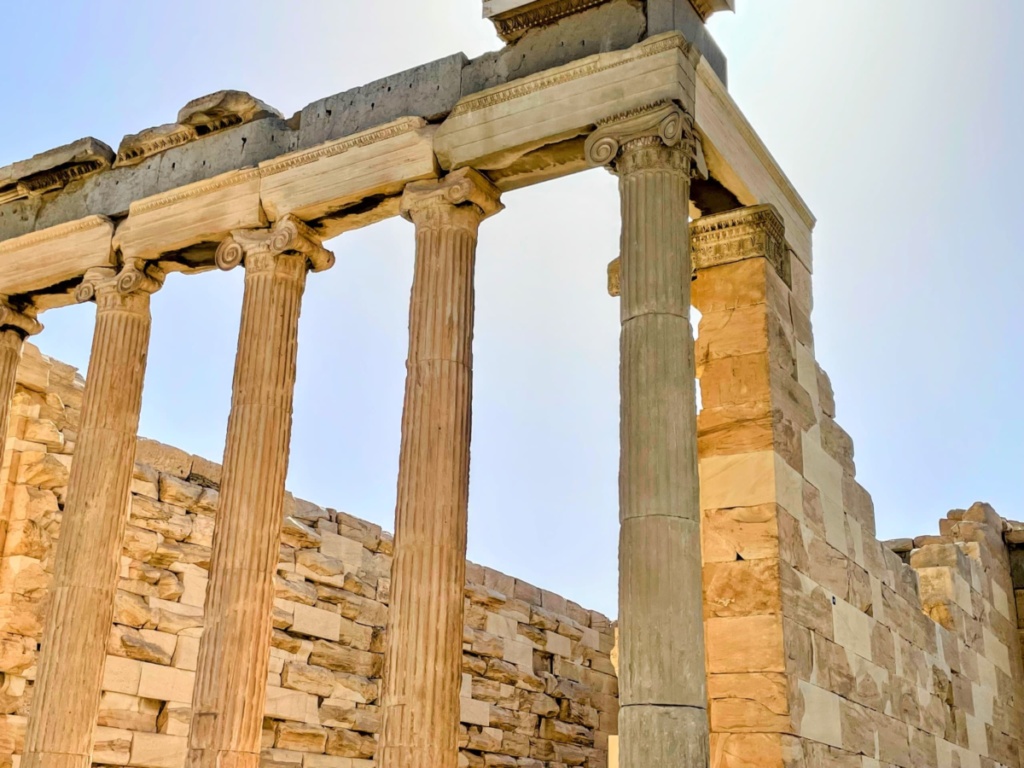
Acropolis
One year later
Athens, Greece
In case you didn’t make the leap, we abandoned the rain-sunk ship. We drove back to Athens in the unforgiving rain, stopped by the Sofitel for a 30-second COVID test (not a positive outcome from the pandemic) and headed back to Minneapolis and Aspen, respectively. After doing a few quick loads of laundry, we flew a day later to Montecito/Santa Barbara, where it’s usually sunny and 75 degrees. And postponed the Peloponnese to now, 2022.
Sitting on our hotel rooftop in Athens a year later, we toasted our brilliance. Our Butterfield & Robinson guide from 2021 was a bit traumatized. He’d never in so many years in the travel business had anyone do anything like that. We’re trendsetters, for sure. And mostly batshit crazy.
Greece: In summary form
Greece is a spectacular country, but if you’ve never been, it’s massive, and hard to know where to start. Most people think of the islands (there are hundreds) or Athens first. We’re combining our most recent trips with trips from previous years to impart a little advice.
Athens:
After about 5 times to Athens, I can comfortably say this: We don’t love Athens. (Sorry Athens). It’s definitely worth visiting, just not exclusively. Visit for a two – three days, along with another Greek destination.
In a nutshell: Athens is filled with antiquities, and the ancient history of the Romans in expected and unexpected places. (You may have heard of the Acropolis). This is all intermingled with the last 200-300 years of a lot of bad architecture, and the combination is pretty overrun with cars and motor-scooters. On the bright side, it is still a city filled with energy, great restaurants, great walks and incredible views.
Notes from the Road: When you go to the Acropolis, take the back way and walk through the tiny streets of the Plaka and follow the little foot trails that take you past houses, goats and chickens and on a trail with a perfect view of the city. Visit in the morning, as early as you can, and it is worth it to tour all the grounds.

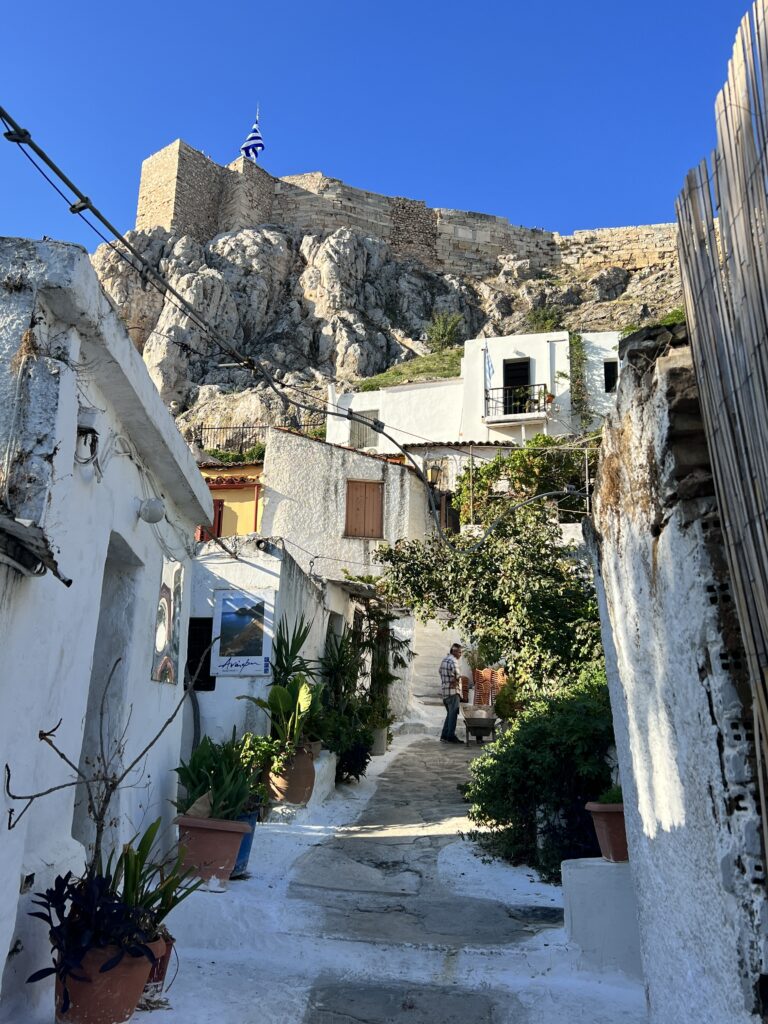
The Walk to Acropolis
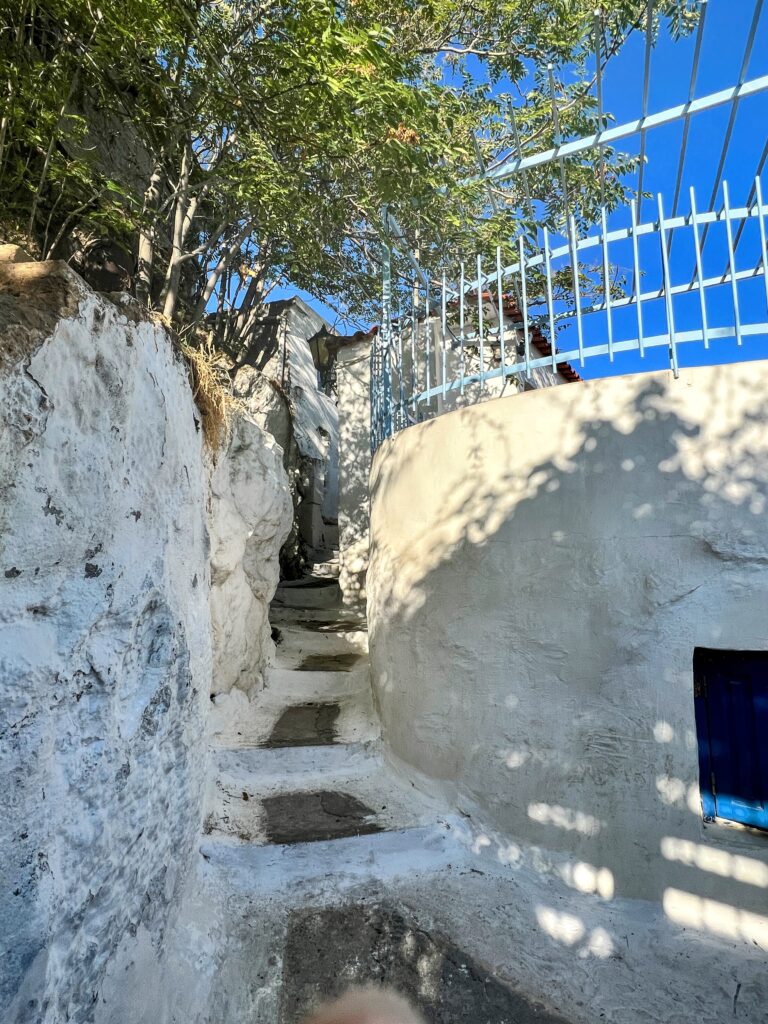
The best neighborhoods in Greece are Kolonaki (the high end district near Lybetticus Hill) with great restaurants and views of the acropolis. The Plaka is the center of it all, the heart of old Athens, on the foothills of the Acropolis. It’s great for first timers, but carefully select your hotel location. It’s teeming with people, all the time.
Syntagma is the best square and the ceremonial heart of the city with the palace and Parliament, and you can watch the changing of the guard.
Quick Hotel Recommendations:
The Grand Bretagne is the big famous dog. Great location but it’s a big, unnecessarily formal hotel. If you want to stay in the hills of Kolonaki, with a spectacular view of the Acropolis from across the city, St. George Lycabettus is a good option with a great rooftop.
After Athens, how do you prioritize the rest of the country?
If it’s your first time and you want a longer trip that sees a bit more of the country, a combination of one of the islands and the Peloponnese is a good place to start. If you’ve been to the islands already, or want to see an incredible non-touristy, historical part of the country. Northern Greece is the way to go.
Our original trip combined both because we’d been to the islands several times before.
The Islands:
There are literally hundreds. The most famous is Mykonos and Santorini, and there are several up and coming beauties that are beautiful and retain some incredible villages, like a combination of Paros and Naxos (and more hotel options are now available). We’d recommend Santorini, and stay in Oia not Thira. And there are so many beautiful hotels with unbelievable views to name. Stay away from Mykonos unless you want a club scene with thumping music and a lot of party people.
Even though Crete is also an island, it feels like its own country. Our last trip combined the Peloponnese with five nights in Crete and it was a perfect combination. In Crete, spend enough time around Chania town. There is incredible hiking, biking and exploring to be done. (Hidden gem hotel recommendation: The Tanneries, less than a mile from the heart of the city). Chania can be contrasted with a visit to the island’s other side, Agios Nikolaus, where you get a pretty quintessential Greek island beach town experience.
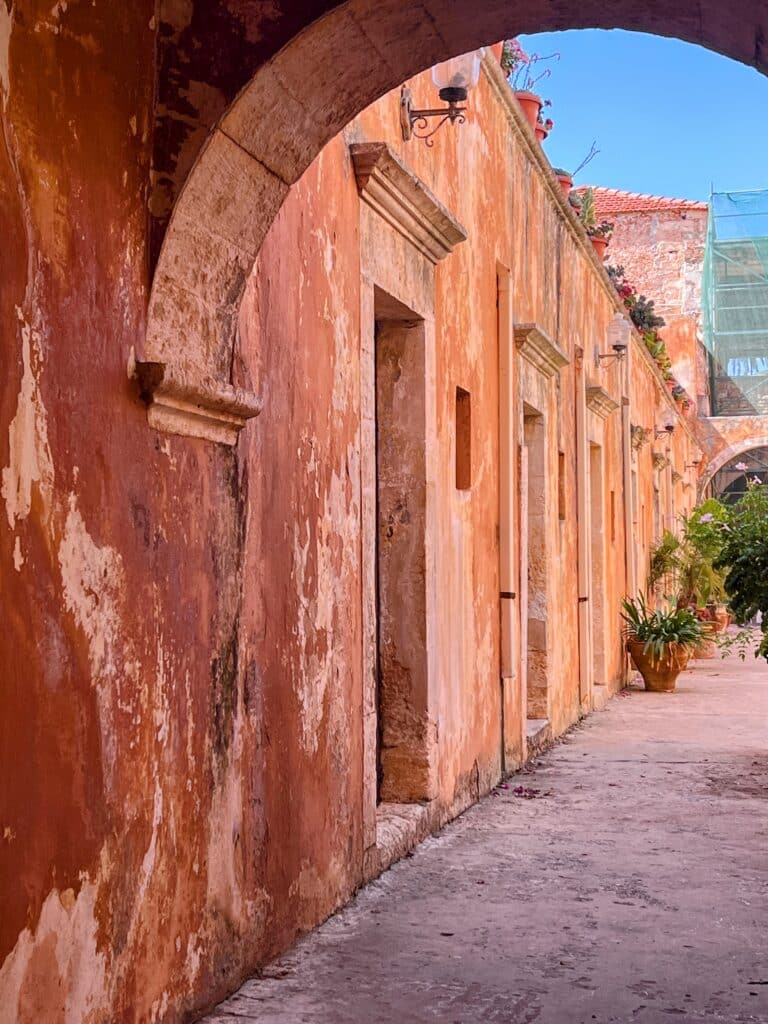
Exploring Crete
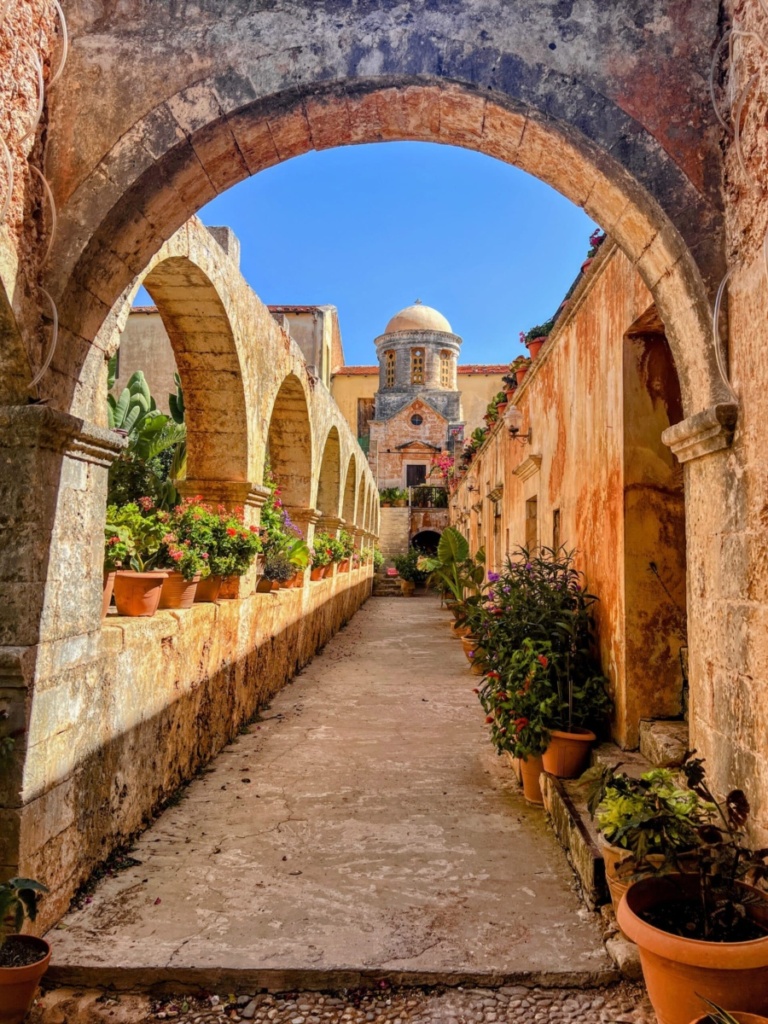
Exploring Crete
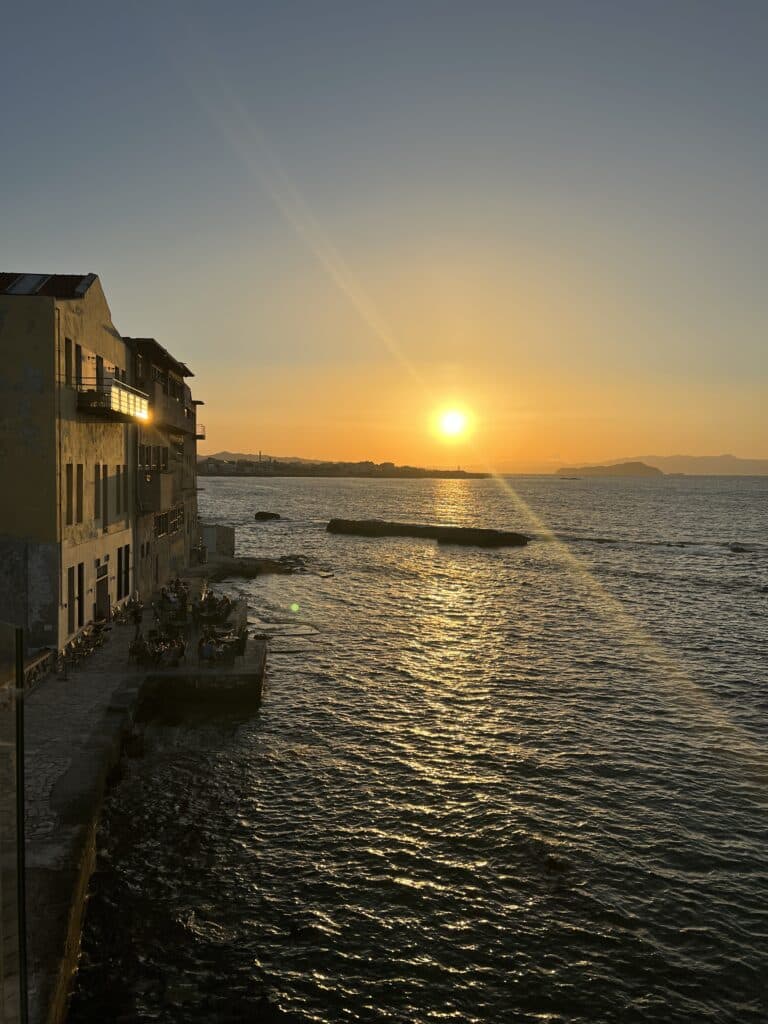
View of Chania from The Tanneries
The Peloponnese:
It’s a peninsula in southern Greece easily reachable by car or boat from Athens. It’s rich with history and natural beauty and also massive. It has beautiful beach towns, landscape that looks like the moon, tons of vineyards and fruit trees and more olive trees than seems possible. And every part of the whole area is very different from the other. Note on the Peloponnese: if you’re looking for one central location to stay in one place and travel from, the Peloponnese may not be for you. It’s definitely a “travel to 2-3 different spots and hotels” part of the country.
The peninsula has four fingers. If you drive from Athens, make sure to go through Ancient Corinth, and swing through Epidaurus, the spectacular ruins of an enormous theater. If you’re in awe of ancient history, that is.
If you can go by boat from Athens, it’s so worth it. You pass by the islands of Egina and Idra with a reward of dramatic coastline.
The first and closest coastal destination to Athens in Porto Cheli (which is also close to the island of Spetses), and a 45-minute drive from Napflio, a beautiful seaside, although “modern” Greek village. Porto Cheli is a beautiful enough destination that the Aman hotel group built a hotel there, Amanzoe. Try an e-bike trip around the perimeter of the small island of Spetses for a half day if you want beauty overload.
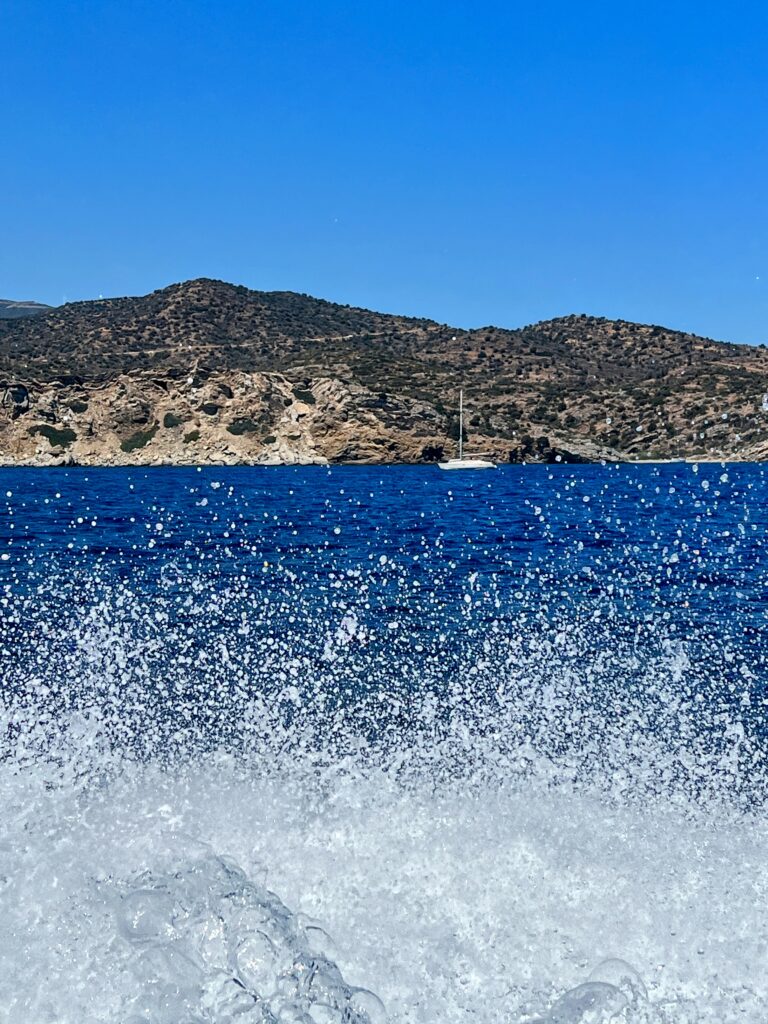
Boat to Porto Cheli
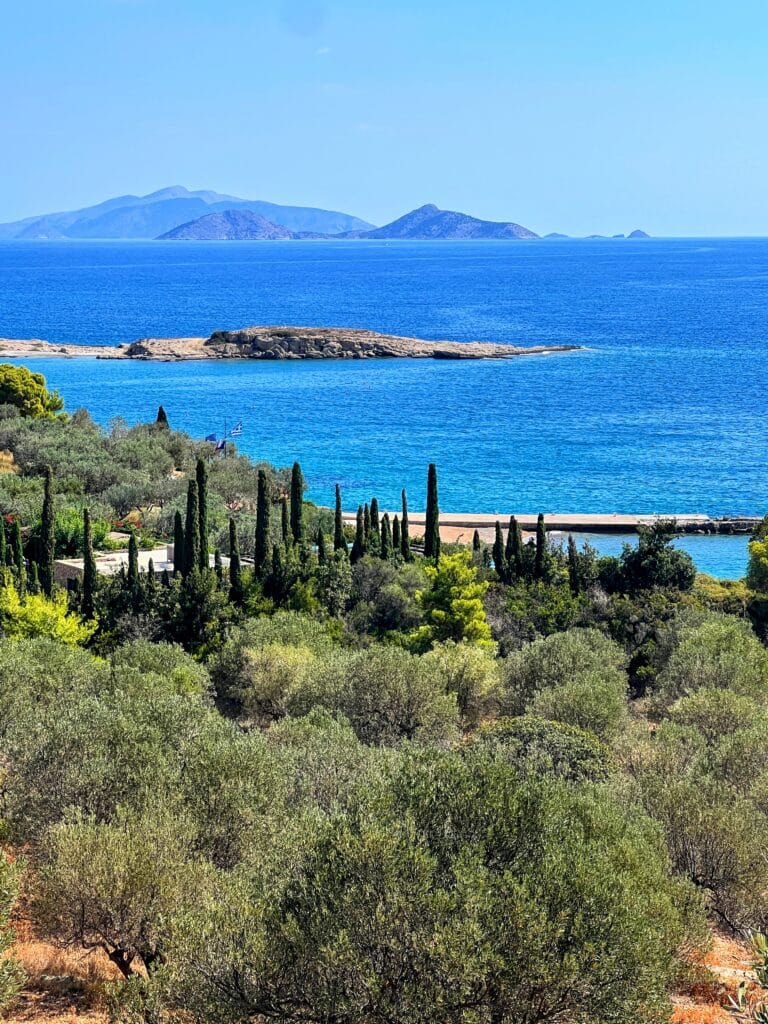
Spetses
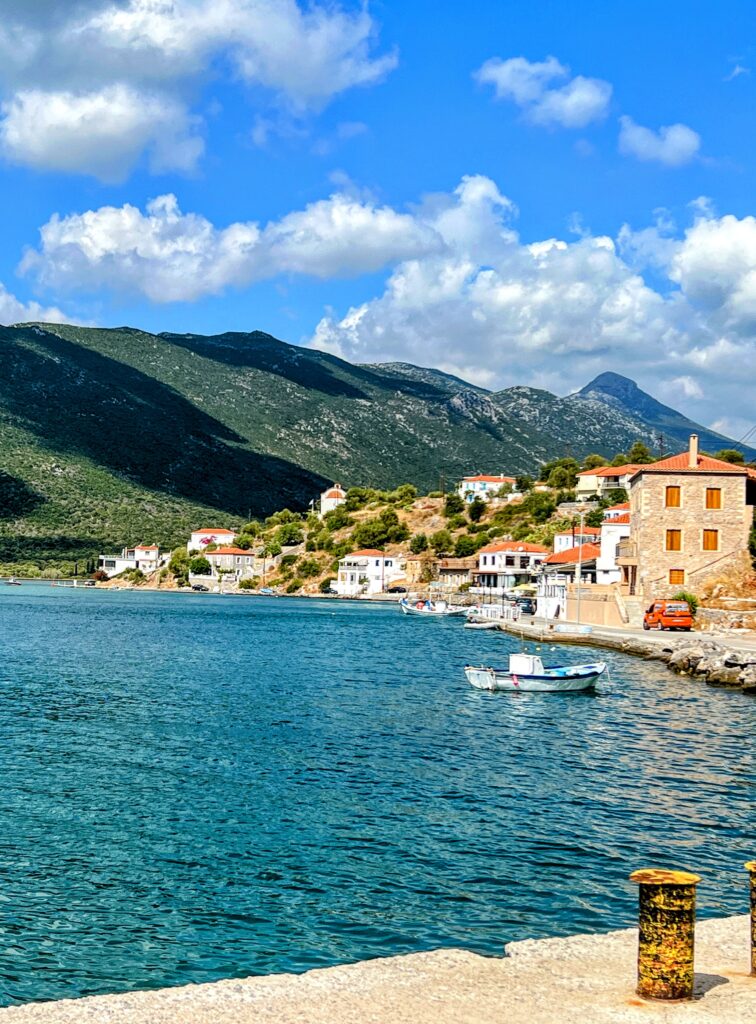
Peloponnese Village
The second finger is marked by Monemvasia, a one-of-a-kind medieval village built into the hillside. It’s mostly hotels and restaurants, etc. now but worth a behind the scenes tour and a sunset dinner. In this area, the Kinsterna Hotel is a beautiful jumping off point for exploring this area.
The third is what I call the Kalamata olive finger, due to all the Kalamata olive trees. The landscape is completely different than the first two, and a beautiful little town and great destination is Kardamyli.
If you want to say you didn’t miss anything and you really are a history buff, visit Ancient Olympia, site of the first Olympic Games, on the far western side of the peninsula and under Mount Kronos.
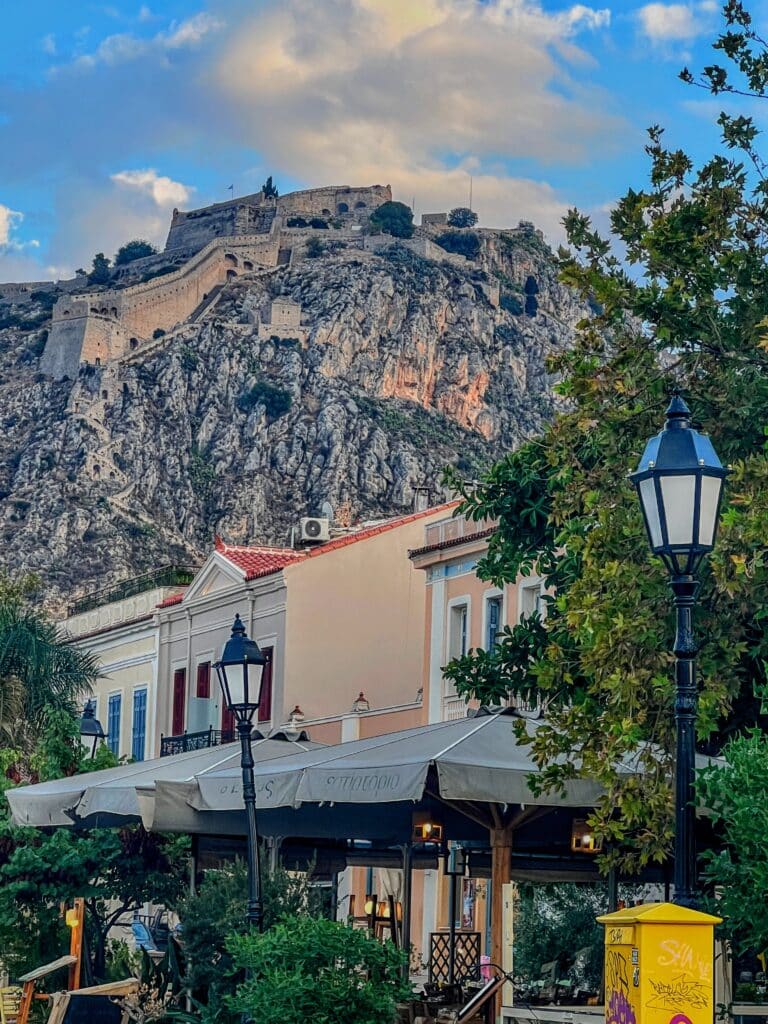
Napflio
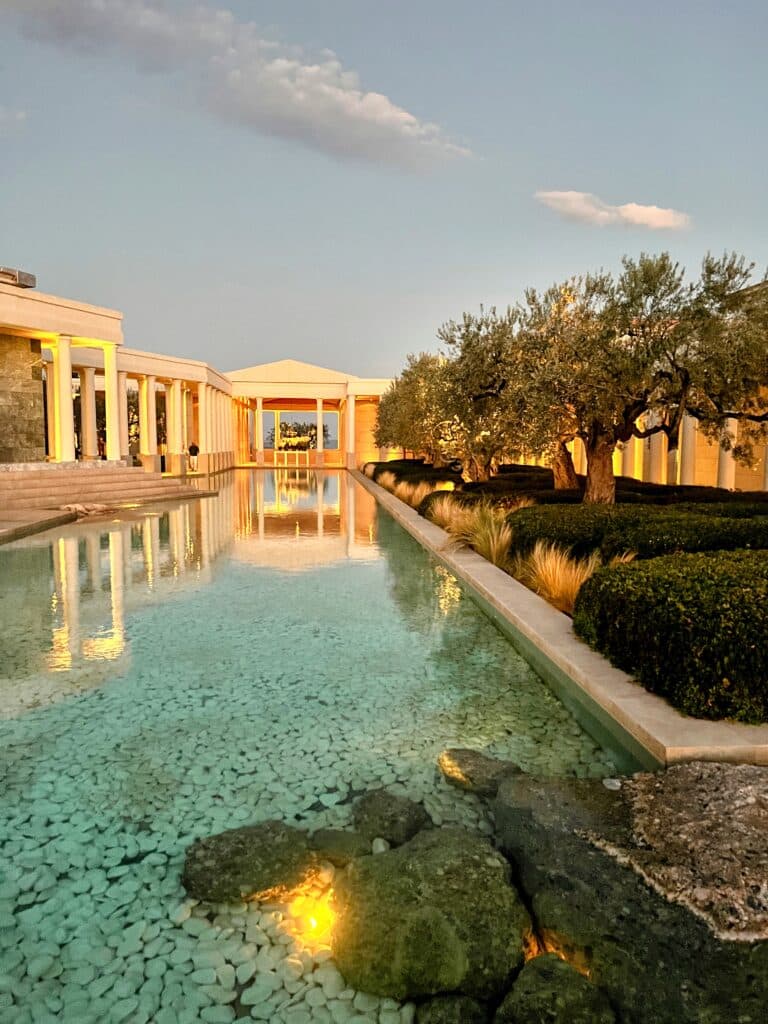
Amanzoe
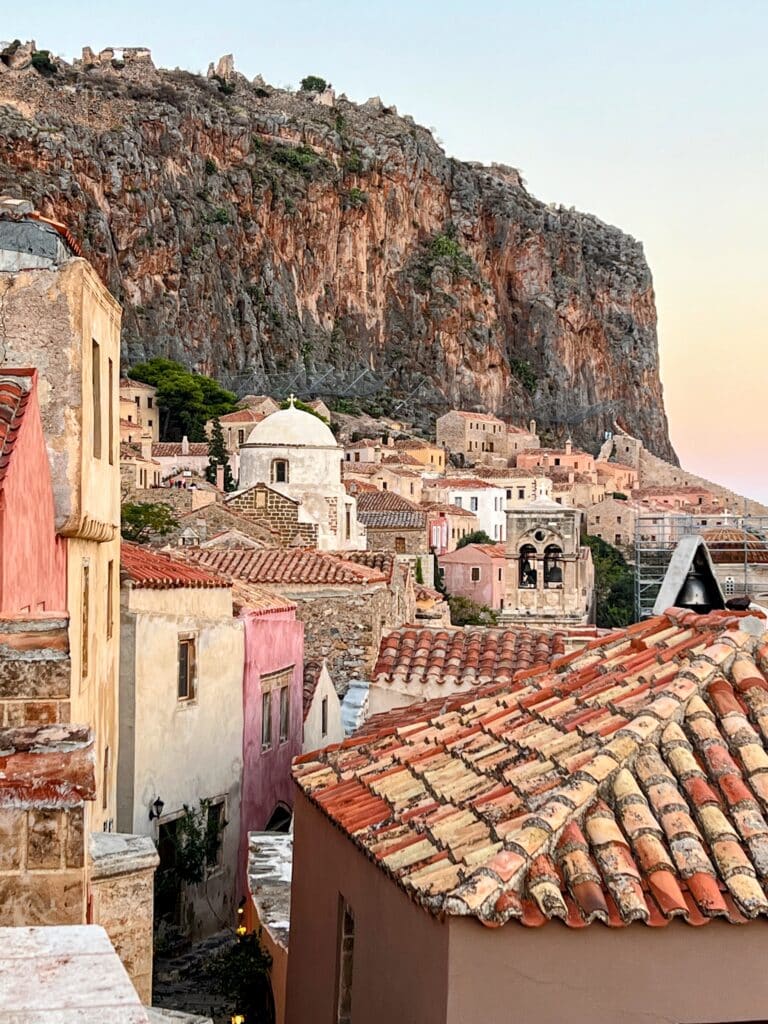
Monemvasia
Northern Greece:
Thessaloniki
We thought it was just the place we gathered at the beginning of our trip, but after walking and e-biking through the city (it’s hilly) and above the city, we were surprised by how incredible it was. It’s on the shores of the Aegean, which was the geographic capital of Macedonia, with an energized town center and a well-known college and was founded in 315 BC, so, yeah, there’s some history here.
Mount Olympus
It’s a central point of Northern Greece, ripe with stories of Zeus. Staying in the foothills gives you incredible views and give you a taste of the small villages that dot the landscape, like Livadi, or stay in a great farm hotel like Ktima Bellou.
Vergina
The Museum of the Royal Tombs of Aigai is west of Thessaloniki, around the royal tombs built by the ancient Kingdom of Macedon. It was one of the most significant sites of classical Greece with a palace built in 300-ish BC. Currently, it’s an underground museum containing the burial cluster of Philip II of Macedon. In my layman’s terms: I typically stay away from museums, but this perfectly in tact burial site of Alexander the Great’s father (which was only found in the 1970s) is not to be missed.
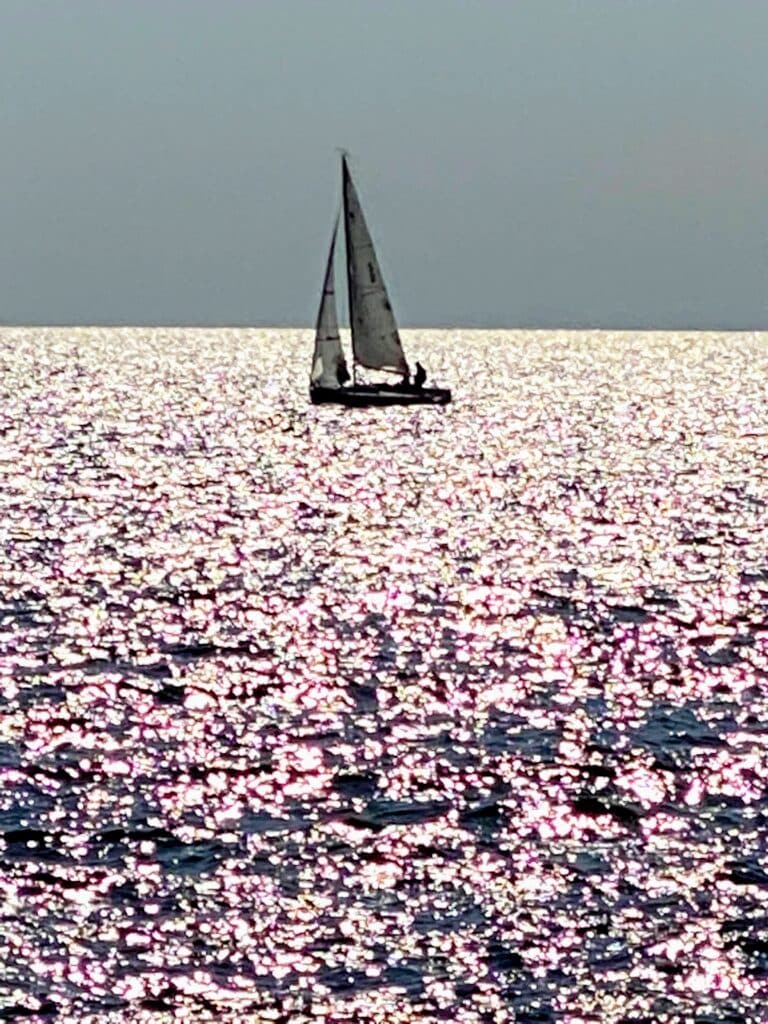
Thessaloniki
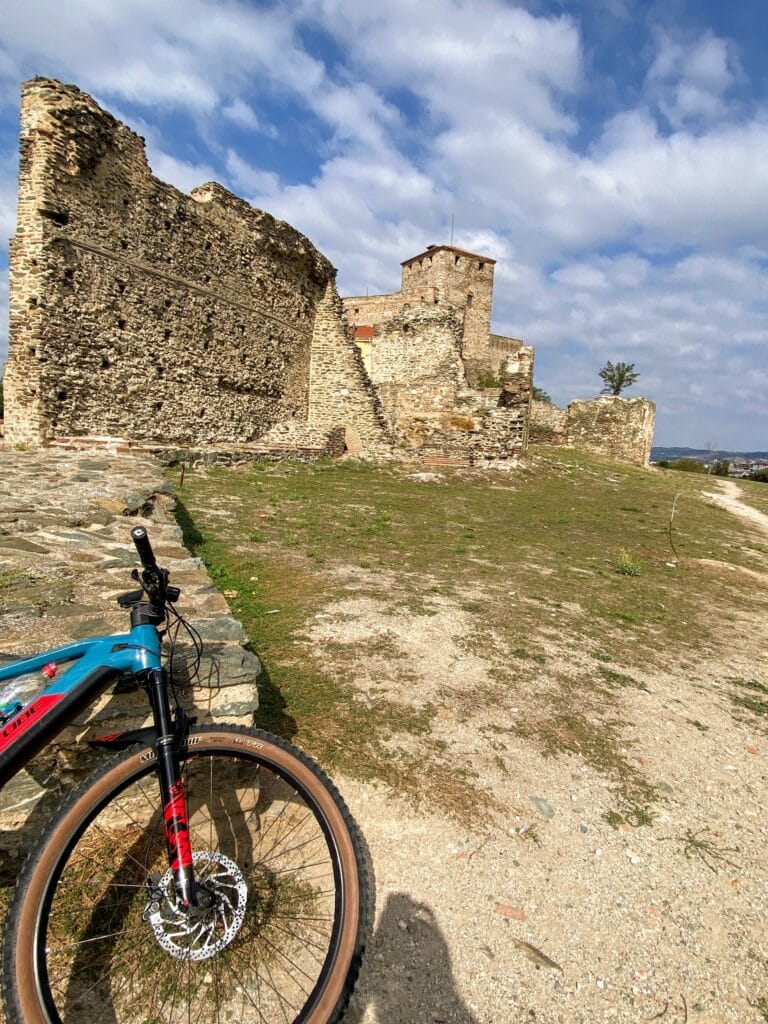
Biking Above Thessaloniki

Northern Greece
Meteora
We had no idea this existed and it was even more incredible than hiking to the Tiger’s Nest in Bhutan. The Meteora complex includes 24 Eastern Orthodox monasteries, all built on the mountaintops in the 13th and 14th centuries. It’s unbelievable.
Metsovo and the Grand Hotel Metsovo gives you the best taste of this richly beautiful mountainous part of Greece. The small village charm, where you feel so remote, combines with the magnificent views.
Aristi/Ioannina
Aristi is another very remote small village area with canyons, gorges and mountains that is so ridiculously beautiful it looks like a painting (stay at Aristi Mountain Resort). This whole area is an amazing collection of beauty in its landscape, rafting in the gorges, exploring the villages, etc. It’s remote, but it’s the perfect bookend to a bicycle trip that started in Thessaloniki.
If you’re flying from here, Ioannina is bigger city, but worth a few hours of exploring. And, if you’re this far west, the island of Corfu isn’t much further. It doesn’t quite have the history of Crete, but it is beautiful and a bit smaller and easier to navigate.
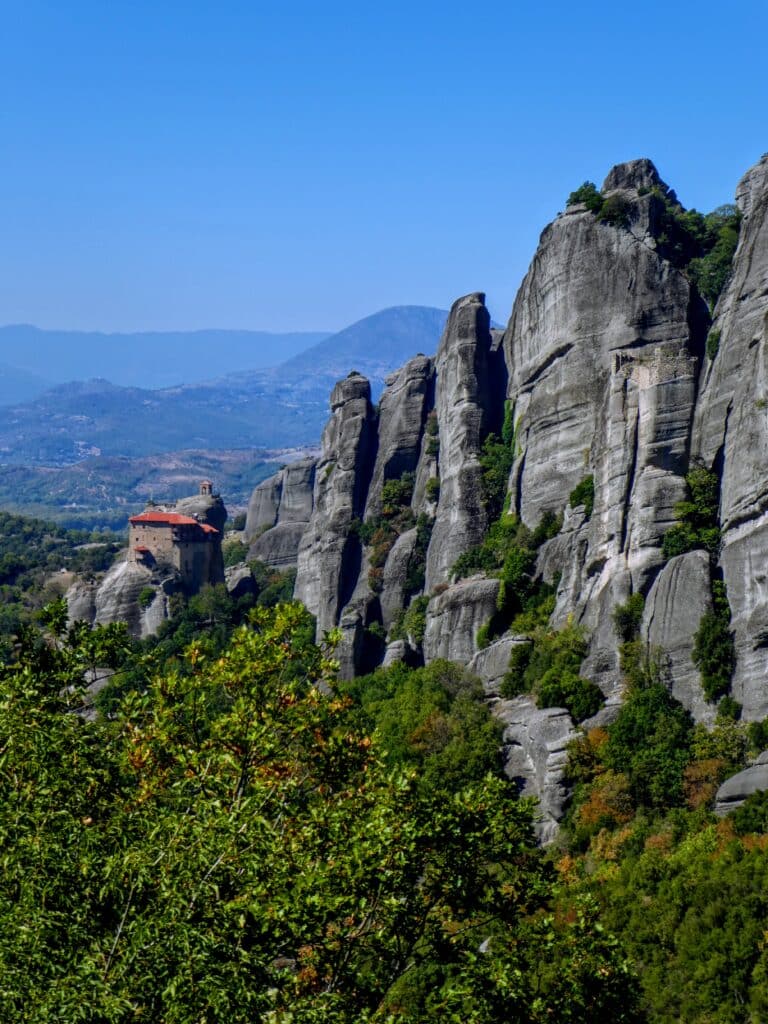
Meteora
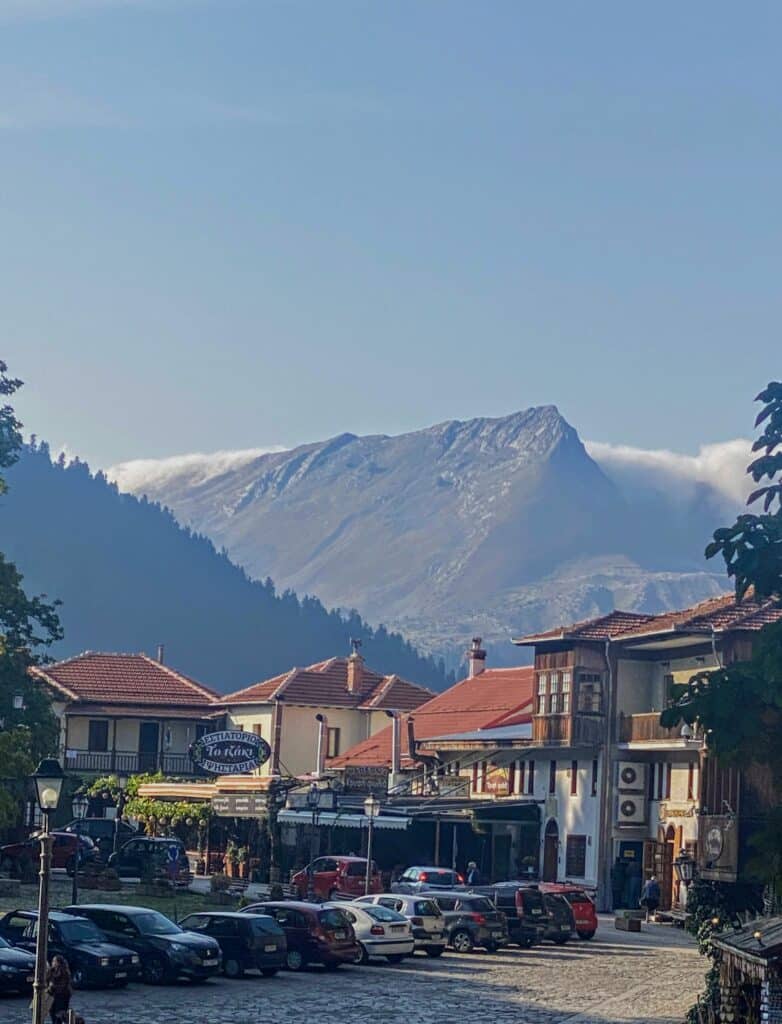
Metsovo
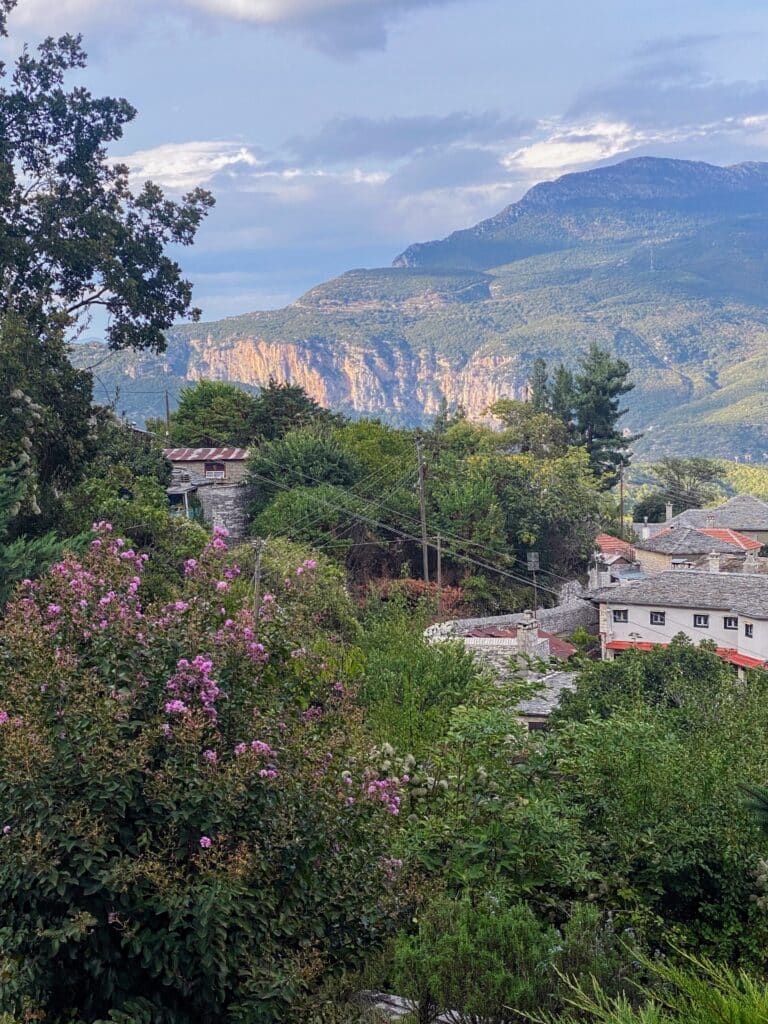
Aristi
Our hands down favorite highlights of Greece overall:
- In Santorini: drinking wine at our hotel high above overlooking the caldera, walking into the village of Oia and down the steps to the fishing village, the black sand beaches and small family owned restaurants along the way
- In Crete: The view of Chania Town from the Tanneries hotel, bicycling the Therisos Gorge followed by lunch in town
- The views from taking a helicopter from Monemvasia to Chania, Crete (instead of driving and flying), then landing in the middle of a go-kart park
- In the Peloponnese: the boat ride from Athens to Porto Cheli, Sunset from Amanzoe, bicycling the small villages near Porto Cheli, bicycling and lunch on Spetses, dinner and sunset in Monemvasia
- In Northern Greece: Vergina, Meteora and the Grand Forest Hotel Metsovo, a late lunch at Clochard in Thessaloniki after bicycling through and up and over town
- In Athens: winding your way through the paths and houses at the foothills of the Acropolis, sunset views of the Acropolis from one of the many Plaka rooftops or from Lycabettus Hill and dinner at Estiatorio Milos
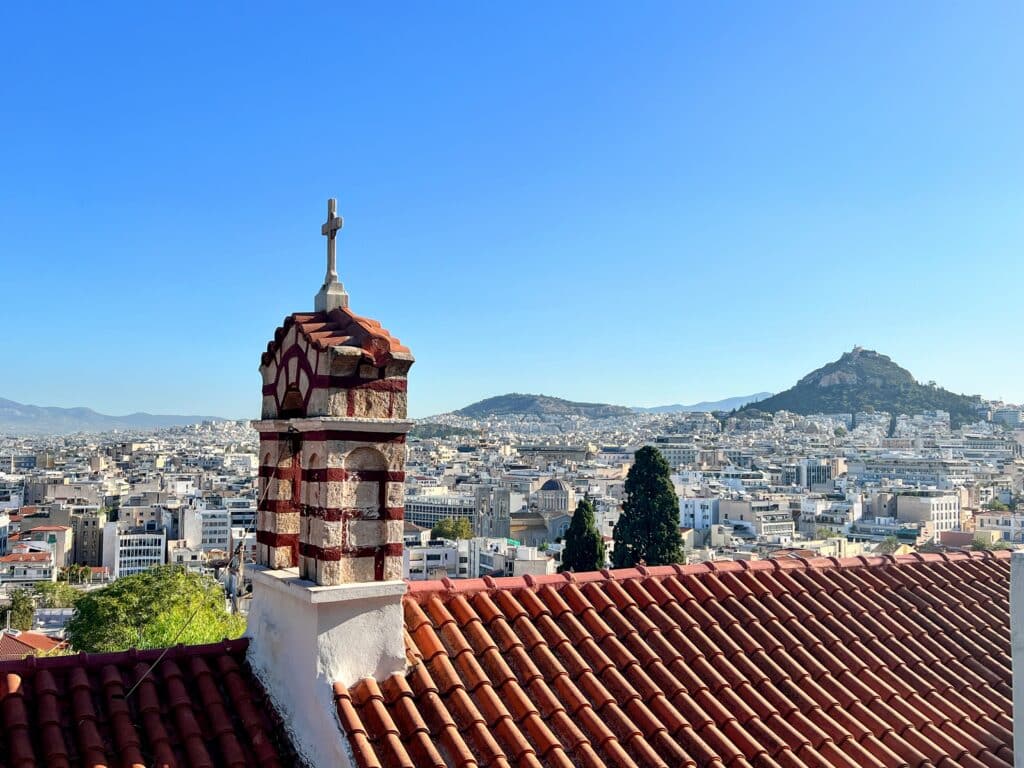
Overlooking Athens on the Walk to Acropolis


